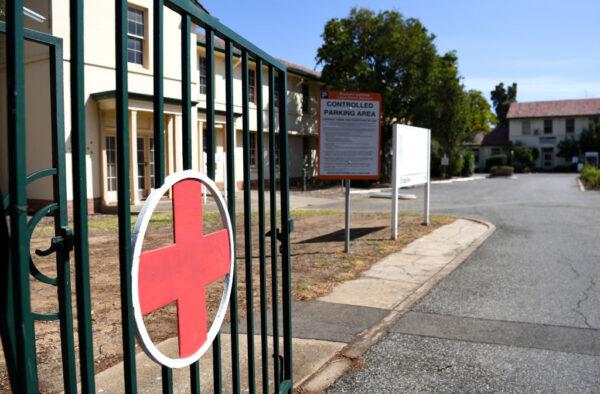The Australian Labor Party has promised to partner with the South Australian Labor government to expand Adelaide’s health capacity to tackle the city’s ambulance ramping crisis if elected in the upcoming May 21 federal election.
Under the partnership, a $400 million (US$283 million) expansion of Flinders Medical Centre, with 160 new beds for the south of Adelaide, 136 at the medical centre and a further 24 at the Repat Hospital.
These expansions are expected to reduce hospital admittance obstacles by providing the space for patients to move out of the emergency department (ED) quickly and minimising the likelihood of ramping.
Ambulance ramping is the term used when patients spend more than 30 minutes waiting in the back of an ambulance outside a hospital due to full EDs.
Centre-left Labor leader Anthony Albanese said in a release on Monday that the current government has failed to invest in the future of Flinders Medical Centre or help South Australia address its unprecedented ramping crisis.
“I want to partner with Peter Malinauskas to give people in southern Adelaide the medical care they deserve,” he said.
This comes after the recently elected Premier Malinauskas made tackling ambulance ramping a primary focus of his successful state election campaign.
“South Australians know how determined I am to fix the ramping crisis,” he said.
“This is the partnership we need to reduce ramping and ensure Flinders is well-equipped to deliver high-quality care. And it will dramatically reduce pressure on the overall hospital network.”
Along with the 160 new beds, the majority of which will be in single rooms to improve patient privacy and infection control, the upgrade will see an expanded intensive care unit, which has been under sustained pressure.
New operating theatres will also be built to increase the capacity of emergency and elective surgery, while the Margaret Tobin Centre for mental health will see a major upgrade, with an increase in both mental health intensive care and general ward beds.
The lack of mental health beds in the hospital system has meant that many mental health patients spend prolonged periods of time in EDs, and this is considered a leading cause of ramping.
As part of Labor’s plans to improve health in South Australia, Albanese has also vowed to bring in 24/7 nurses to aged care facilities in order to take the pressure off EDs.

Meanwhile, if re-elected, the Australian Liberal government has committed $24 million to innovative research through Australian universities to find ways of keeping elderly people out of hospital EDs to relieve pressure around the country.
In South Australia, Flinders University, in partnership with Southern Adelaide Local Health Network (SALHN) and the SA Ambulance Service, will engage patients and the medical community to find the best way forward in the treatment of older Australians, who make up almost 25 percent of all ED visits, a media release said on Wednesday.
“Emergency departments across Australia are often overwhelmed by the high demand from our growing ageing population, but nearly half of the visits are potentially preventable,” said Flinders University’s Associate Professor Craig Whitehead, Director of Aged Care at SALHN and the project’s chief investigator.
“While they don’t always have life-threatening conditions, older people do require urgent and complex care, and this can often be better managed outside of an emergency department.”
In late 2021, SALHN established a new model of care for elderly patients called CARE, which is designed to provide alternative treatment pathways to EDs when emergency care is not required.
“Evidence has shown admission avoidance programs can be an effective treatment method, so we designed this model in conjunction with patients, geriatricians, emergency physicians, the state ambulance service, allied health and nursing, and hospital managers,” Whitehead said.
Whitehead welcomed the $1.1 million in Liberal government funding his team has now been awarded to assess the outcome of the new model for patients, families, the health service, and service improvements.
Labor’s full Flinders Medical Centre upgrade plan is expected to be completed by 2028, with detailed planning works set to commence in partnership between federal and SA governments following the election, should Labor be successful.






Friends Read Free